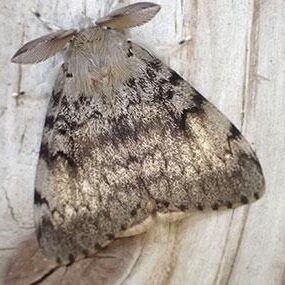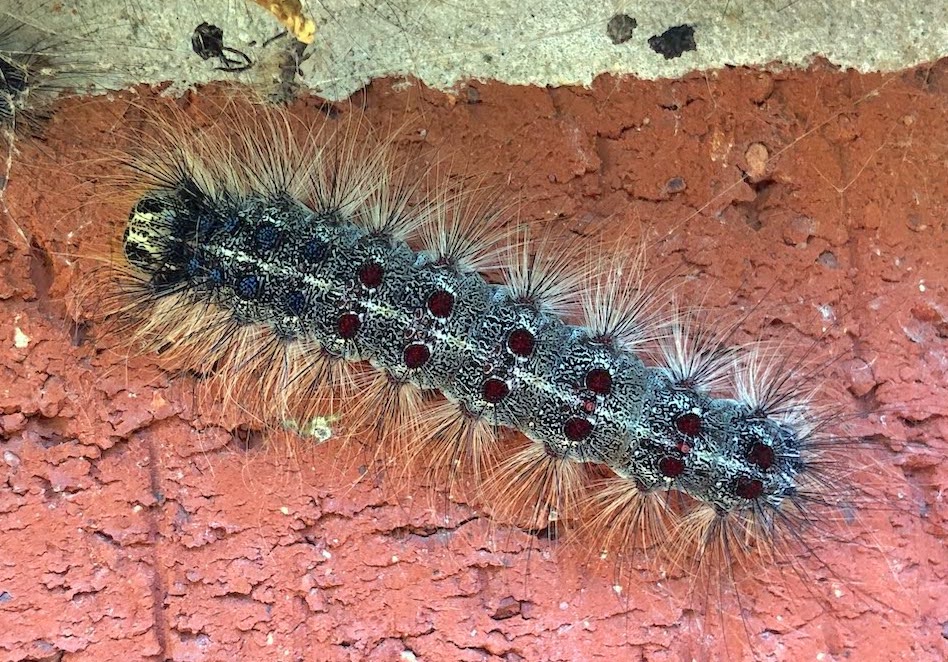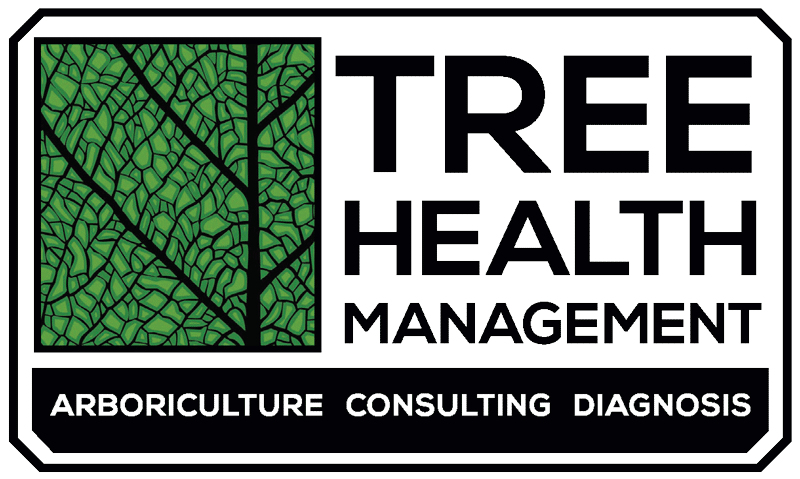Blog | Pest Management
SPONGY MOTHS ARE BACK AT IT AGAIN!

WHAT ARE SPONGY MOTHS?
Originally hailing from Europe, Asia, and North Africa, the spongy moth (Lymantria dispar), once known as the “gypsy moth,” unknowingly journeyed to North America in 1869. Since then, its relentless expansion has positioned it as a formidable insect pest of forest and shade trees in the eastern U.S. Brace yourself for the havoc caused by the destructive larval stage-feasting on foliage, leading to defoliation and weakening of trees. As if that’s not enough, these fuzzy caterpillars can be a nuisance by congregating on buildings, leaving behind copious amounts of droppings and even
causing skin irritation.
SPONGY MOTH DAMAGE
 Spongy moth caterpillars have an extensive appetite, with
Spongy moth caterpillars have an extensive appetite, with
reports of them munching on hundreds of tree and shrub species. Among their preferred hosts are aspen, birch, crabapple, hawthorn, linden, mountain ash, oak, and willow. While certain deciduous trees and most evergreens hold their ground, some, like dogwood, ash, honey locust, maple, and tulip tree, may experience varying levels of resistance.
However, beware the occasional assault on blue spruce and white pine. As these pests indulge, severe defoliation becomes a common sight, progressively weakening trees. While rare cases result in tree death, most species bounce back, sprouting new leaves as July rolls around.
HOW DO YOU CONTROL SPONGY MOTHS?
Together, we’ll devise a powerful treatment plan to combat the spongy moth menace. Our arsenal includes techniques such as insecticide soil injections and golden pest oil spray. Rest assured, our comprehensive approach will help protect your greenery from these voracious invaders.
